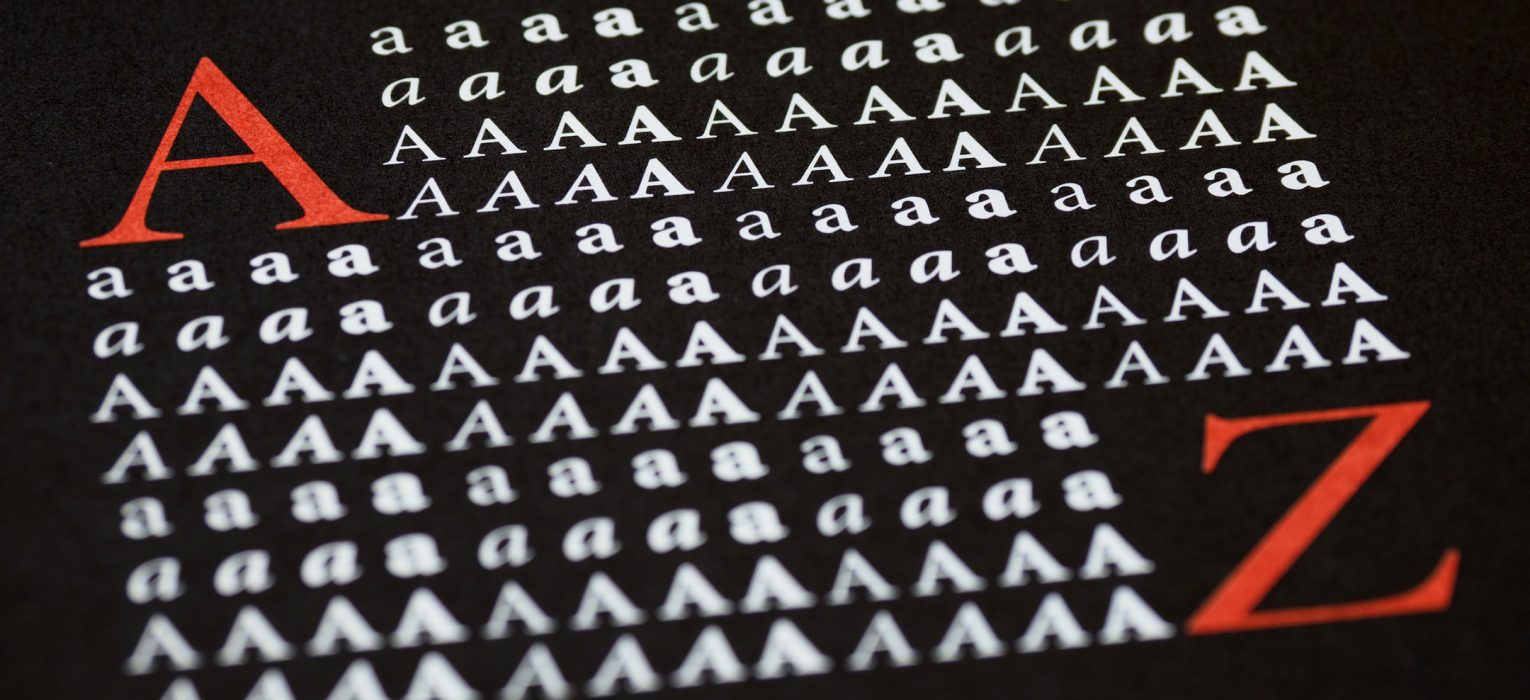Eye-tracking experiments reveal that the readability of a website largely depends on the font size and line spacing.
So you’ve made the perfect article. What now? The truth is, without the right display, fewer people notice how great the article is. There are thousands of necessary decisions in formatting—which font to choose, what the font size should be, how far apart to space the lines, etc. Thankfully, eye-tracking provides the tools to help publishers see what readers like best by monitoring their eye movements and recording which typesetting characteristics make reading the smoothest.
THE RESEARCH
Luz Rello, Martin Pielot, and Mari-Carmen Marcos, in their article “Make It Big! The Effect of Font Size and Line Spacing on Online Readability,” studied which font size and line spacing combinations are most readable. Previous studies had not investigated font sizes larger than 14 points, so this study measured six font sizes (from 10 to 26 points) and four line spacing options (between .8 and 1.4 times the default setting, which is 120% of the text size). They divided the 104 volunteer participants (ages 14 to 54) into four groups, assigned a line spacing to each group, and had each participant read six Wikipedia articles in different font sizes. The eye-tracker measured how long the eye fixated on the words, and test questions checked for reading comprehension.
The findings support that larger font sizes are easier to read: “Up to a font size of 18 points, subjective and objective readability as well as comprehension improved continuously” (Rello, Pielot, and Marcos 2016, 3646). Meanwhile, smaller fonts were associated with longer reading times (or longer total fixation durations) and lower comprehension test scores. And while line spacing had less significance, the smallest and largest line spacings were both correlated with poorer responses to the comprehension questions. The line spacing, however, did not significantly affect reading time.
“Up to a font size of 18 points, subjective and objective readability as well as comprehension improved continuously.”
Rello, Pielot, and Marcos 2016
THE IMPLICATIONS
These results indicate that larger font sizes should be considered more often by anyone who is creating print or online content. The findings are especially applicable to web publication because the participants were reading from a computer screen. While the best font size may depend on the type of work being read, the size of the screen, and the user’s distance from the screen, publishers should carefully choose the font size and line spacing for their specific content. More research is needed to figure out the best size options for various screen displays, but the work of researching these options further is worth it. Making texts easier to comprehend and smoother to readers’ eyes can be a game changer in how many people read the work. It’s a simple, cost-effective choice for content creators to appeal to their audience.
To discover more about how font size and line spacing can influence readability and comprehension, read the full article:
Rello, Luz, Martin Pielot, and Mari-Carmen Marcos. 2016. “Make It Big! The Effect of Font Size and Line Spacing on Online Readability.” In 2016 CHI Conference on Human Factors in Computing Systems, pp. 3637–3648. doi.org/10.1145/2858036.2858204.
—Stacey Clark, Editing Research
FEATURE IMAGE BY BRETT JORDAN
Find more research
Learn more about how not only the type size but also the type style may influence reading: Franken, Gregor, Anja Podlesek, and Klementina Možina. 2015. “Eye-tracking Study of Reading Speed from LCD Displays: Influence of Type Style and Type Size.” Journal of Eye Movement Research 8, no. 1 (March): 1–8. https://doi.org/10.16910/jemr.8.1.3.
Read Berrin Dogusoy, Cicek Filiz, and Kursat Cagiltay’s (2016) article to find out about how eye-tracking reveals whether serif or sans-serif fonts are better: “How Serif and Sans Serif Typefaces Influence Reading on Screen: An Eye Tracking Study.” In Design, User Experience, and Usability: Novel User Experiences, 578–586. Switzerland: Springer International Publishing. https://doi.org/10.1007/978-3-319-40355-7_55.





Taylor Lash
There sure is a lot to learn from eye tracking. I definitely need to learn more about typesetting.